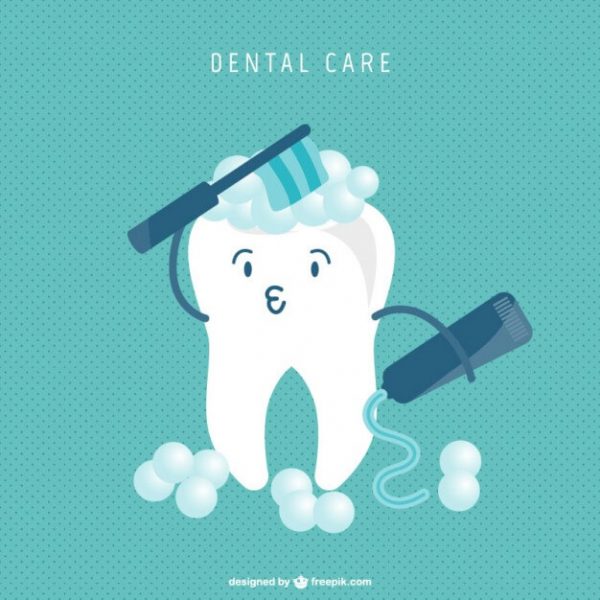What is Calculus

It is a buildup of bacteria also known as Tartar. It starts as plaque: a sticky biofilm full of bacteria that forms on the teeth, when it’s not removed it turns into a hard form called Calculus. Plaque can be removed from the teeth with a toothbrush and floss. If the plaque has not been removed after 48 hours it begins the process of hardening and turns into calculus. Calculus cannot be removed by brushing and flossing. Your Dental Hygienist uses sharp tools to scale the tartar below and above the gum line.
Why should I prevent dental Calculus?
It is usually yellow or brown in colour, attracts stain and is hard to clean plaque off of. If left untreated it can contribute to tooth decay, gum diseases such as gingivitis/periodontitis, receding gums, and bad breath. A number of studies have also shown a link to subgingival (below the gum) calculus to cardiovascular disease.
How to prevent?
- Brush your teeth 2-3 times a day. Do not over brush your teeth as you may lose enamel.
- Brush your teeth for not less than 2 minutes each time.
- Floss regularly. Use water pick regularly
- Watch your eating and drinking habits, avoid sugary and starchy foods.
- Avoid tobacco use
- Regular dental cleanings



